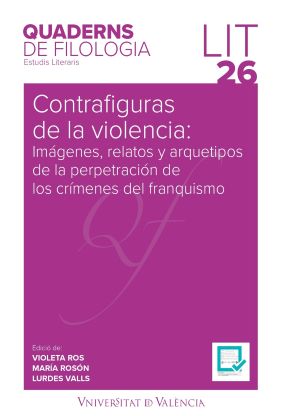Perpetrators of violence. The archetypal political police officer and propagandist of the anti-Spanish conspiracy theory: Mauricio Carlavilla and Eduardo Comín Colomer.
DOI:
https://doi.org/10.7203/qdfed.26.22102Keywords:
Political police, Franco’s repression, conspiracy theories, Carlavilla, Comín Colomer. Abstract
Abstract
There is no official or unofficial list of people and organizations that perpetrated Franco’s violence. However, our object of study is the double figure of official of the political police and diffuser of the Judeo-Masonic-Communist conspiracy theory as perpetrator of violence during the period from 1936 to 1975. Since, in the absence of individual and collective criminal figures for the crimes committed during that period, we ask ourselves: is this double figure (and of course the individual figure of the political police of the Dictatorship) an archetype of perpetration of violence by Francoism? We also wonder about the usefulness of this double task carried out by some positions of the Francoist police. To advance the answers, in this article we study the figures of Mauricio Carlavilla and Eduardo Comín Colomer.
 Downloads
Downloads
Downloads
Published
How to Cite
-
Abstract1322
-
PDF (Español)825
Issue
Section
License
 Este obra está bajo una licencia de Creative Commons Reconocimiento-NoComercial-SinObraDerivada 4.0 Internacional.
Este obra está bajo una licencia de Creative Commons Reconocimiento-NoComercial-SinObraDerivada 4.0 Internacional.
Authors who publish with this journal agree to the following terms:
- Authors retain copyright and grant the journal right of first publication with the work simultaneously licensed under a Creative Commons Attribution License that allows others to share the work with an acknowledgement of the work's authorship and initial publication in this journal.
- Authors are able to enter into separate, additional contractual arrangements for the non-exclusive distribution of the journal's published version of the work (e.g., post it to an institutional repository or publish it in a book), with an acknowledgement of its initial publication in this journal.
- Authors are permitted and encouraged to post their work online (e.g., in institutional repositories or on their website) prior to and during the submission process, as it can lead to productive exchanges, as well as earlier and greater citation of published work (See The Effect of Open Access).



